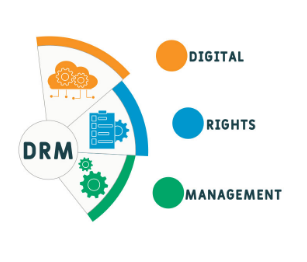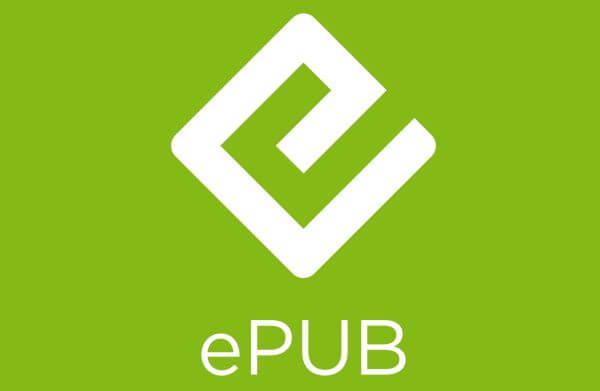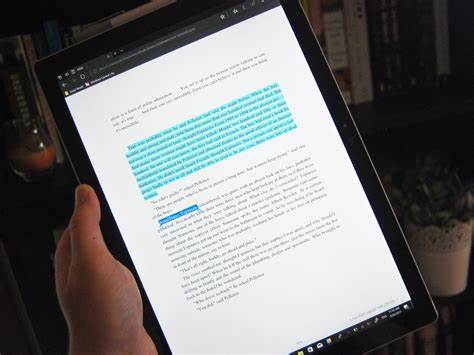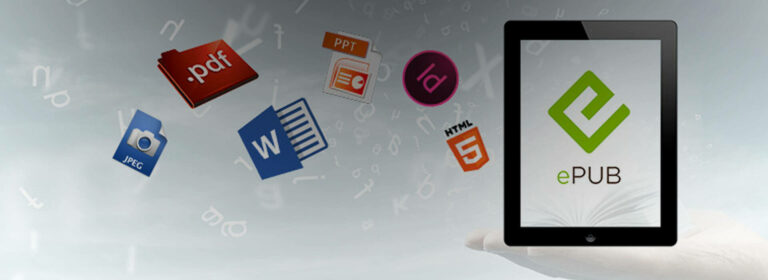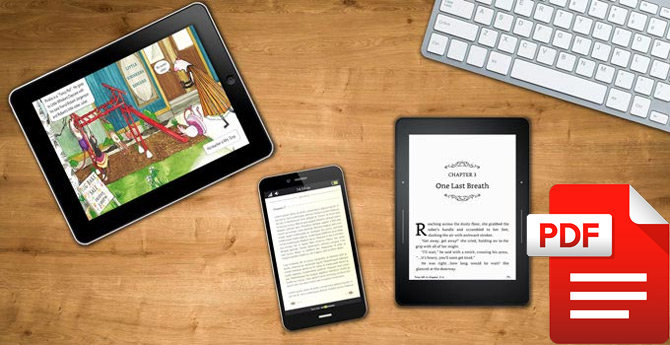Digital Rights Management and eBooks
DRM stands for Digital Rights Management. It is a technology used to control the use of digital content, such as e-books, music, and movies. DRM is used to protect copyrighted works from unauthorized copying, distribution, and use. There are different types of DRM, but they all work by encrypting the digital content and requiring users to have a license to access it. The license may specify how many times the content can be copied or printed, or it may restrict the devices that the content can be played on. DRM is a controversial topic.

The type of DRM that eBooks.com use
Adobe Digital Editions (ADE) is the industry standard for DRM-protected eBooks. It is a free reader software that can be used to read DRM-protected eBooks on a variety of devices, including computers, e-readers, and smartphones. ADE uses Adobe’s DRM platform, which is used by many major eBook retailers, including eBooks.com. This means that if you purchase a DRM-protected eBook from eBooks.com, you will be able to read it on any device that has ADE installed.
Are all of the eBooks that eBooks.com sells DRM-defended?
Not all of the eBooks that eBooks.com sells are DRM-protected. It is the decision of the publisher whether DRM is applied or not. It can vary from eBook to eBook, and indeed from format to format for the same eBook. To check if an eBook is DRM-protected on eBooks.com, you can look at the eBook’s product details page. If the eBook is DRM-protected, it will say “DRM protected” under the “File Format” section. If you are not sure whether or not you want to purchase a DRM protected eBook, you can always contact eBooks.com customer support for assistance.
Here are some of the reasons why publishers may choose to apply DRM to their eBooks:
• To protect their copyrights from unauthorized copying and distribution
• To control the distribution and use of their eBooks
• To generate revenue from their eBooks
Here are some of the reasons why publishers may choose not to apply DRM to their eBooks:
• To make their eBooks more accessible to consumers
• To allow consumers to share their eBooks with others
• To make their eBooks more compatible with a wider range of devices and software
Conclusion
All in all Digital rights management is a controversial topic. Some people argue that it is necessary to protect the rights of copyright holders, while others argue that it restricts the rights of consumers. For example, DRM can be used to prevent users from making unauthorized changes to a work, such as editing the text or removing images. This can help copyright holders to protect their works from being altered without their permission. DRM can also be used to restrict the number of times a work can be copied or printed or to limit the devices on which a work can be played. This can help copyright holders to control the distribution of their works and to generate revenue from them.
